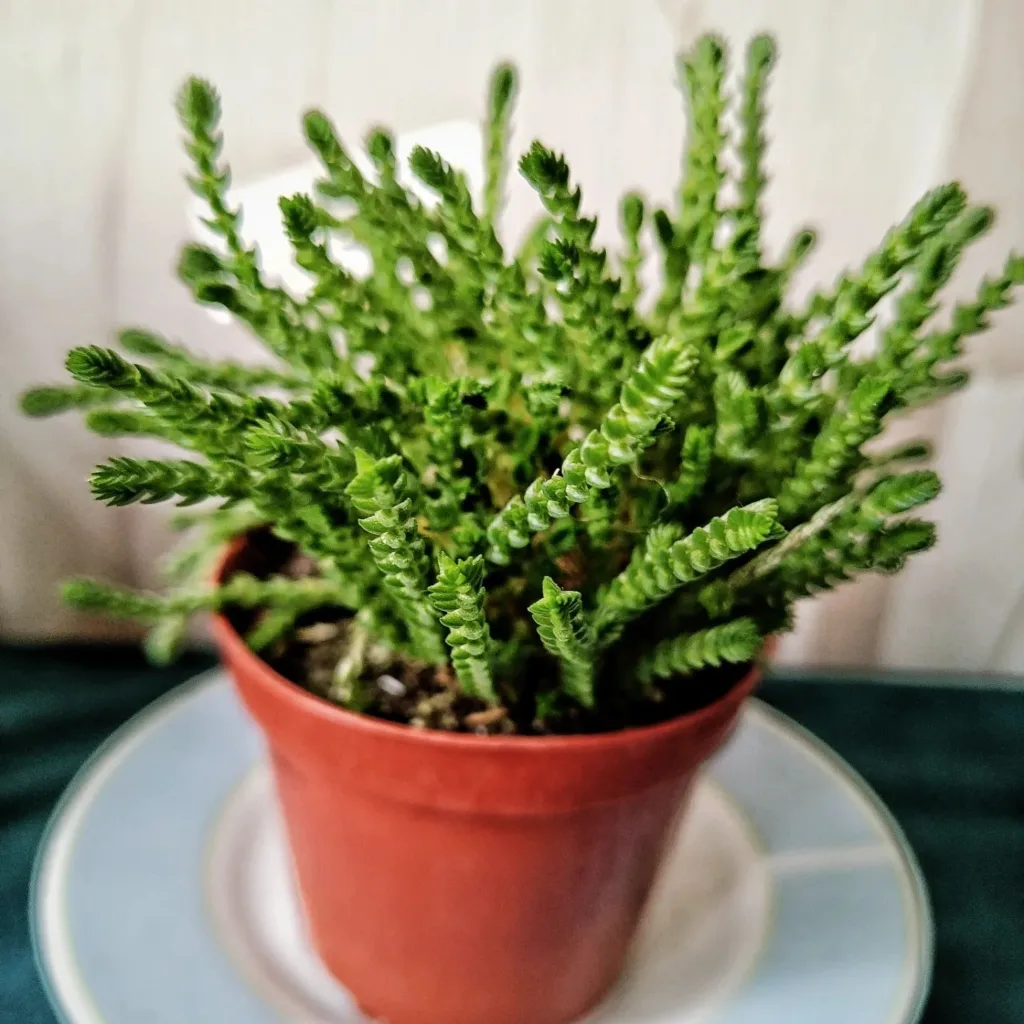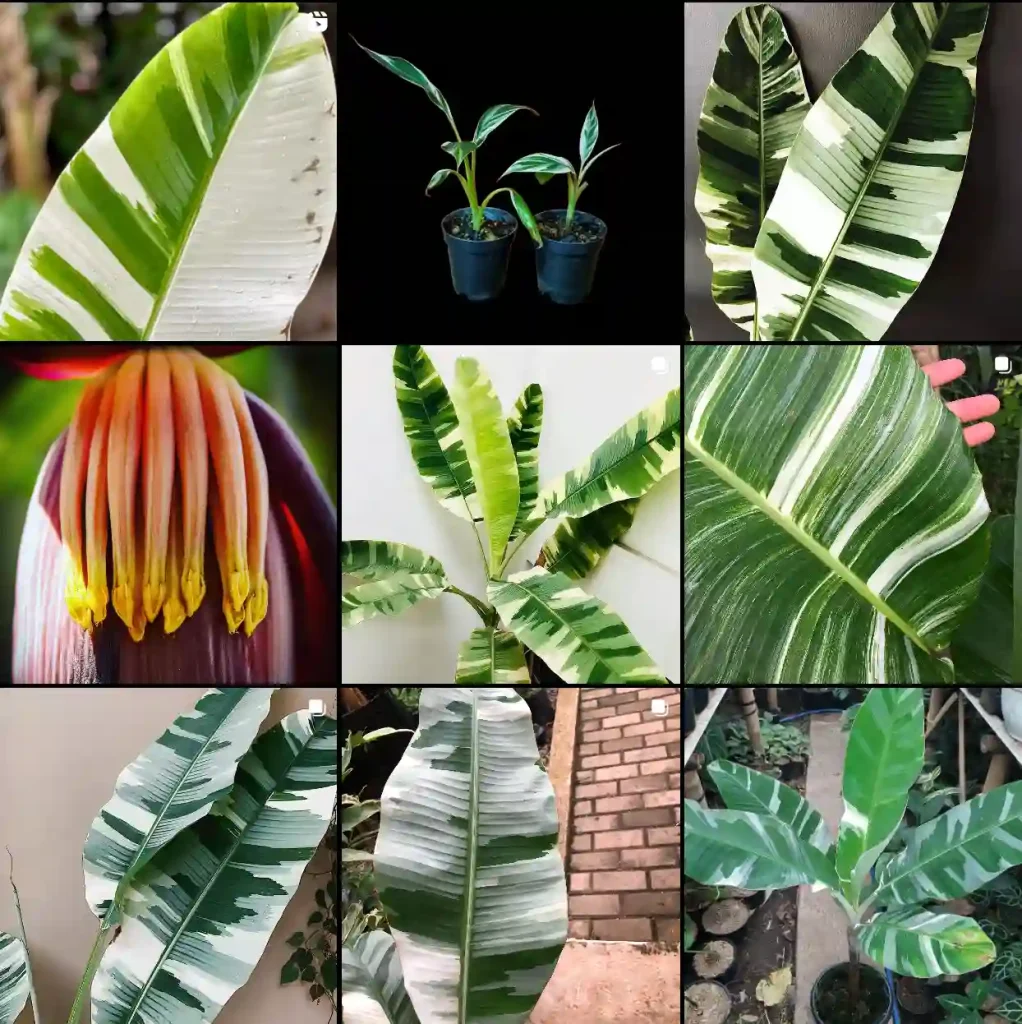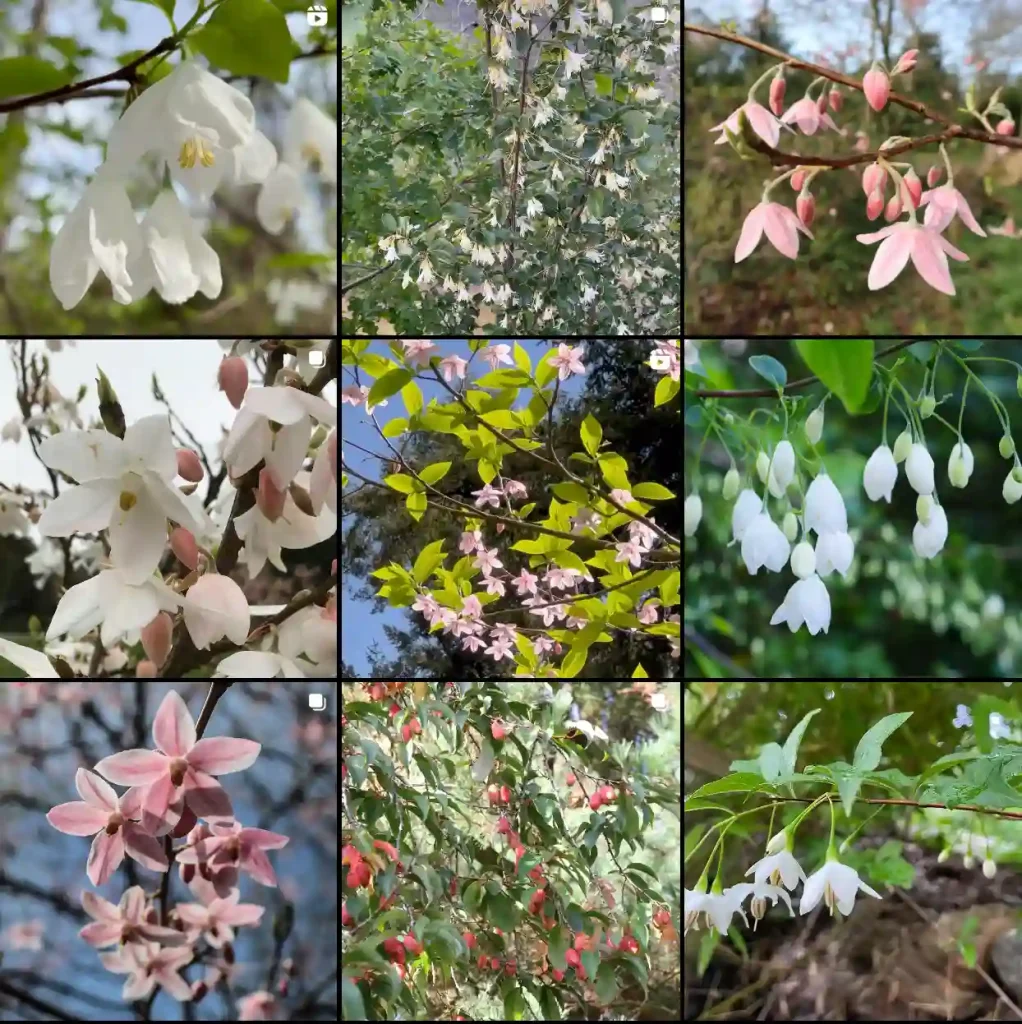Exploring the Taxaceae Family: A Deep Dive into Unique Coniferous Genera
The Taxaceae family, commonly known as the yew family, has always fascinated me. The evergreen trees and shrubs that fall under this family possess unique characteristics, making them stand out in the plant kingdom. This family comprises five main genera: Amentotaxus, Austrotaxus, Pseudotaxus, Taxus, and Torreya. Each of these genera has its own distinct traits, growth habits, and ecological significance.
The Diverse Genera of the Taxaceae Family
Understanding the Taxaceae family requires a closer look at each genus. These plants are predominantly found in the temperate and subtropical regions of the Northern Hemisphere. They are known for their needle-like leaves and ability to thrive in shaded, moist environments.
Amentotaxus: The Catkin Yew
Amentotaxus, commonly known as the Catkin Yew, is a small genus comprising only a few species. Native to parts of China, Vietnam, and Taiwan, these plants are notable for their long, flat needles and catkin-like reproductive structures. Unlike other members of the Taxaceae family, Amentotaxus species produce both male and female cones on the same plant, making them monoecious.
These plants prefer humid, mountainous regions and often grow as understory trees in dense forests. I find Amentotaxus intriguing due to its rarity and the fact that it represents a more ancient lineage of the yew family, providing insights into the evolutionary history of these conifers.
Austrotaxus: The Unique Southern Yew
Austrotaxus, also known as the Southern Yew, is a monotypic genus with only one species, Austrotaxus spicata. This genus is endemic to New Caledonia, a unique biodiversity hotspot in the South Pacific. Austrotaxus is distinct within the Taxaceae family due to its isolated geographical location and morphological features.
The plant’s leaves are longer and broader than those of other yews, and it has a somewhat shrubby appearance. Austrotaxus thrives in the humid montane forests of New Caledonia, often growing alongside Nothofagus species and other endemic flora. The rarity and geographical isolation of Austrotaxus make it a fascinating subject for botanical study, as it represents a unique evolutionary adaptation within the yew family.
Pseudotaxus: The White-berry Yew
Pseudotaxus, or the White-berry Yew, is another monotypic genus, with its sole species being Pseudotaxus chienii. Native to southeastern China, Pseudotaxus is unique among the Taxaceae because its seeds are covered by a fleshy white aril, unlike the red arils of the true yews (Taxus spp.).
This small shrub prefers the acidic soils of montane forests, often growing in the understory where light is limited. Its white arils make it a visually striking plant, especially against the dark green of its needle-like leaves. For me, Pseudotaxus represents the beauty and diversity within the Taxaceae family, showing how subtle differences in morphology can lead to the development of entirely new genera.
Taxus: The True Yews
The genus Taxus is perhaps the most well-known member of the Taxaceae family. These evergreen trees and shrubs are widespread across the Northern Hemisphere, from Europe to Asia and North America. Taxus species, such as the English Yew (Taxus baccata) and the Pacific Yew (Taxus brevifolia), are famous for their use in traditional medicine and horticulture.
One of the most significant aspects of Taxus species is their production of the compound paclitaxel, or Taxol, which has been used as a chemotherapy drug. The discovery of Taxol revolutionized cancer treatment and highlighted the importance of conserving these plants. I’ve always been captivated by the dual nature of yews—beautiful yet potentially toxic. They symbolize the delicate balance between danger and healing found in nature.
Torreya: The Nutmeg Yews
Torreya, commonly known as Nutmeg Yews, consists of several species native to North America and East Asia. These trees are named for their large, nut-like seeds, which resemble those of true nutmegs. Torreya species, such as Torreya californica (California Nutmeg) and Torreya nucifera (Japanese Torreya), are often grown as ornamental trees due to their attractive foliage and seeds.
Torreya is particularly interesting to me because of its historical significance. The seeds of some Torreya species were used as a food source by indigenous peoples in North America, and the trees have been used in traditional medicine. Today, some species are threatened by habitat loss and disease, making conservation efforts crucial. The genus Torreya serves as a reminder of the complex relationships between plants and people, as well as the need to protect these unique species for future generations.
Conservation and Future Outlook
The Taxaceae family, with its diverse genera and species, plays an essential role in various ecosystems. These plants provide habitat and food for numerous animals and have significant cultural and medicinal value. However, many Taxaceae species face threats from habitat destruction, climate change, and over-harvesting.
Conservation efforts are vital to ensure the survival of these ancient conifers. Protecting their natural habitats, promoting sustainable use, and conducting further research into their ecological and pharmacological properties are crucial steps toward preserving the Taxaceae family for future generations.
Conclusion
Exploring the Taxaceae family has deepened my appreciation for the diversity and resilience of conifers. From the ancient Amentotaxus to the medicinal Taxus and the culturally significant Torreya, each genus offers a unique glimpse into the evolutionary history and ecological importance of this remarkable family. As we continue to study and protect these plants, I am reminded of the profound connections between nature, science, and human culture.
If i die, water my plants!



